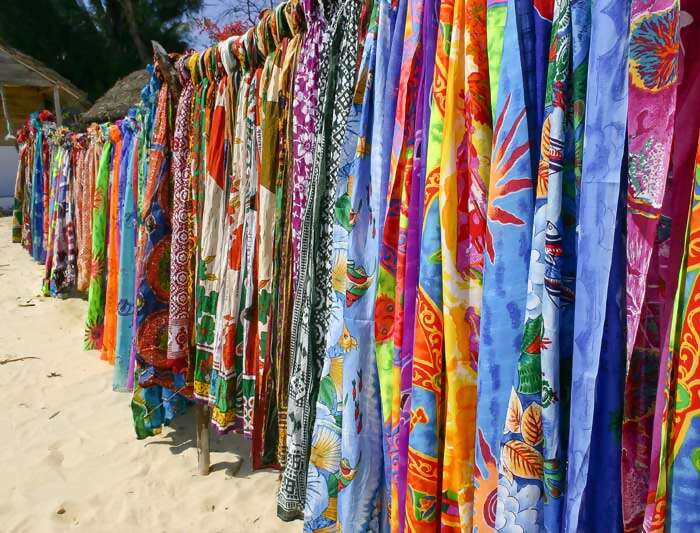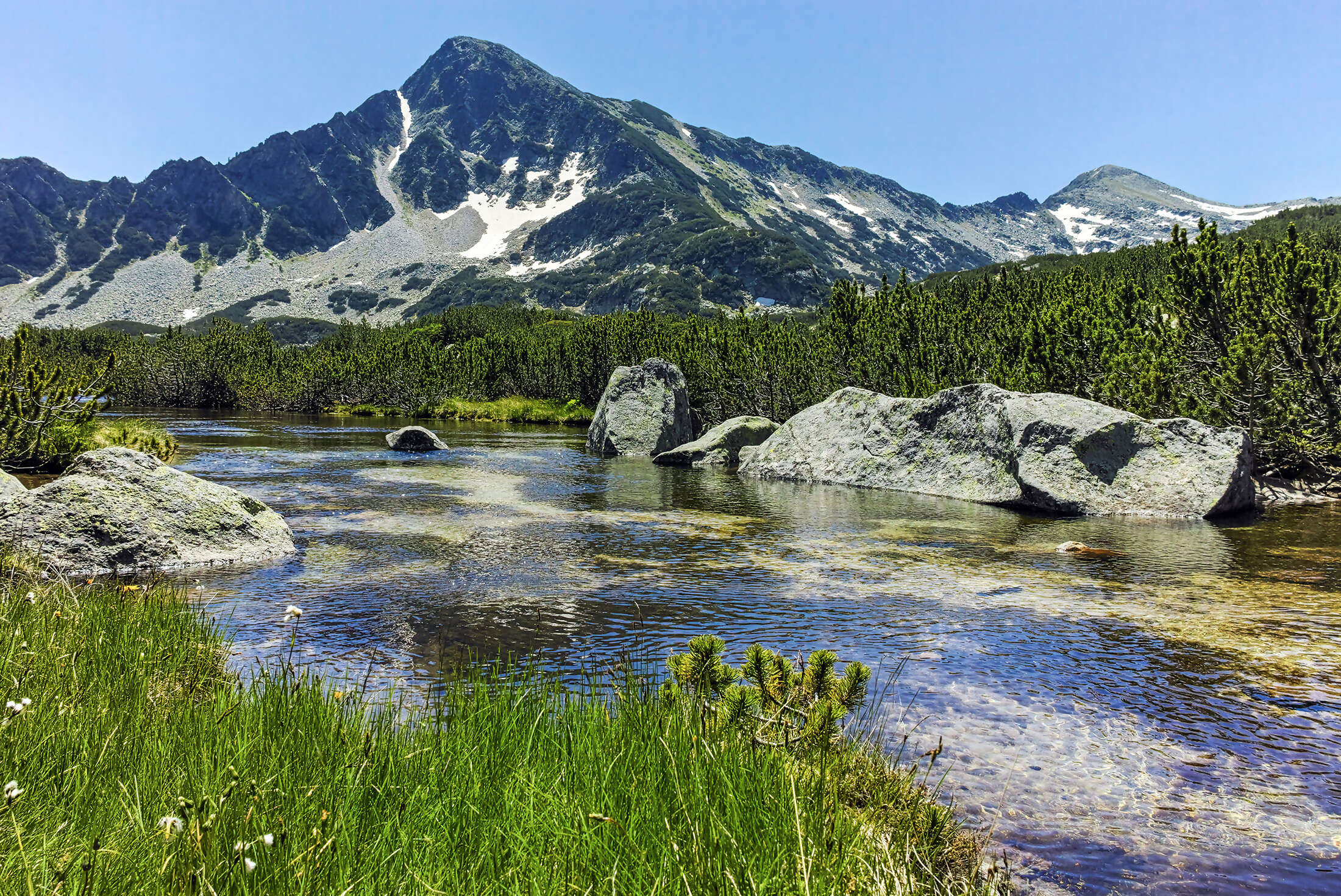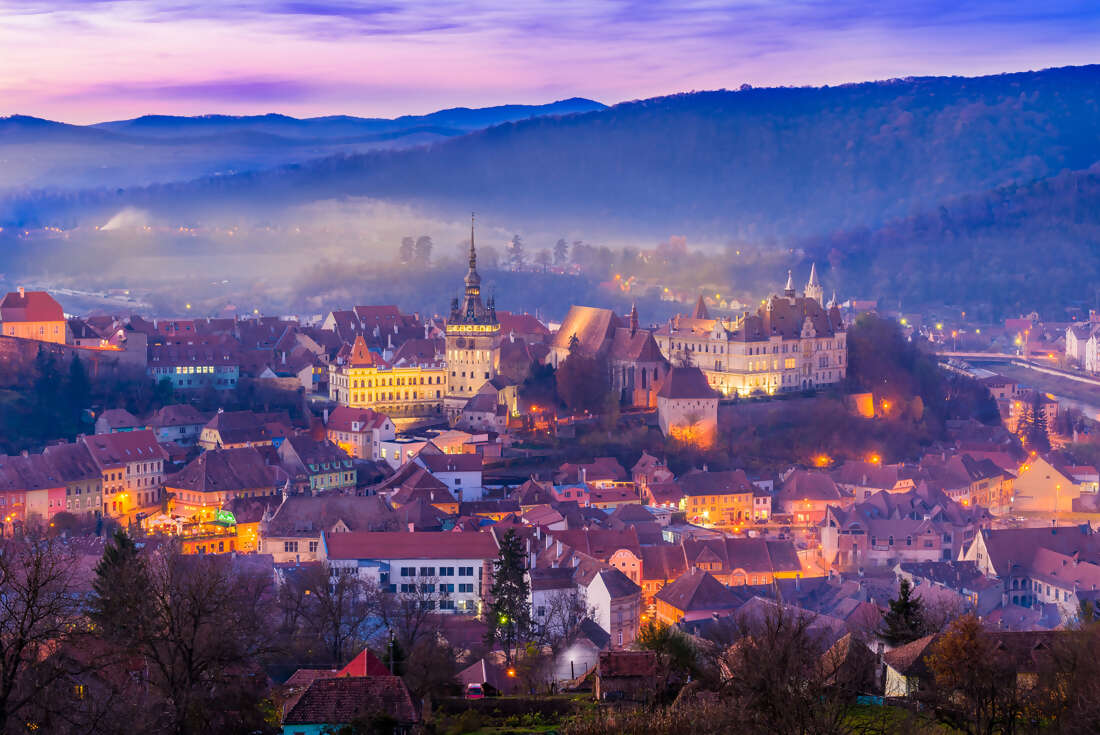 Be mesmerised by the magic of Hungary, Romania and Bulgaria on this explorer tour through the best and most beautiful regions of Eastern Europe. Explore the captivating cities of Budapest, Bucharest and Sofia. Sample culinary delights with local folk in Viscri, be inspired by the traditional craft workshops in Plovdiv, hear enthralling myths from Transylvania and visit the quaint town of Bansko, snug at the foot of the Pirin Mountains. This is a journey full of culture and history, of monuments, markets and museums, tantalising towns and charming cities.
Be mesmerised by the magic of Hungary, Romania and Bulgaria on this explorer tour through the best and most beautiful regions of Eastern Europe. Explore the captivating cities of Budapest, Bucharest and Sofia. Sample culinary delights with local folk in Viscri, be inspired by the traditional craft workshops in Plovdiv, hear enthralling myths from Transylvania and visit the quaint town of Bansko, snug at the foot of the Pirin Mountains. This is a journey full of culture and history, of monuments, markets and museums, tantalising towns and charming cities.Highlights
Rich in history, art, architecture, cuisine and nightlife, Budapest is a hot European destination. The Museum of Fine Arts offers free English tours that reveal the famous artwork of Monet, Manet and Goya, just to name a few
A homestay with a family in the Saxon village of Viscri in Romania offers insight into local life and the chance to sample some delicious home-cooked food
This trip takes you to a mix of exciting capital cities and quaint mountain villages, allowing you to see the many sides of Eastern Europe
Transylvania is drenched in history and myth. Discover the medieval city of Sighisoara, the birthplace of one of Romania's most infamous figures, Vlad the Impaler - better known as the inspiration for Count Dracula
Journey deep into the forested valley of Rila to find the Monastery of Saint Ivan. Over 1,000 years old, this spectacular building is one of Bulgaria's most important cultural, historical and architectural monuments






- You will visit the following places:
-

Budapest
Budapest is the capital of Hungary. As the largest city of Hungary, it serves as the country's principal political, cultural, commercial, industrial, and transportation centre. In 2010, Budapest had 1,721,556 inhabitants, down from its 1980 peak of 2.06 million. The Budapest Commuter Area is home to 3,271,110 people. The city covers an area of 525 square kilometres (202.7 sq mi) within the city limits. Budapest became a single city occupying both banks of the river Danube with a unification on 17 November 1873 of right (west)-bank Buda and Óbuda with left (east)-bank Pest. Budapest is one of Europe's most delightful and enjoyable cities. Due to its scenic setting and its architecture it is nicknamed "Paris of the East".
-

București
Bucharest is the capital city, cultural, industrial, and financial centre of Romania. It is the largest city in Romania and was first mentioned in documents as early as 1459. Since then it has gone through a variety of changes, becoming the state capital of Romania in 1862 and steadily consolidating its position as the centre of the Romanian mass media, culture and arts. Its eclectic architecture is a mix of historical, interbellum, Communist-era and modern. In the period between the two World Wars, the city's elegant architecture and the sophistication of its elite earned Bucharest the nickname of the "Little Paris of the East".
-

Sofia
Sofia is the capital and largest city of Bulgaria. Sofia is located at the foot of Mount Vitosha in the western part of the country. It occupies a strategic position at the centre of the Balkan Peninsula. Sofia's history spans 2,400 years. Its ancient name Serdica derives from the local Celtic tribe of the Serdi who established the town in the 5th century BC. It remained a relatively small settlement until 1879, when it was declared the capital of Bulgaria. The city’s churches and monuments reflect more than 2,000 years of history, including Greek, Roman, Ottoman and Soviet occupation. Sofia is the 15th largest city in the European Union with a population of around 1.3 million people, or 1,241,396 in the city proper. It has been ranked by the Globalization and World Cities Research Network as a Beta− city. Many of the major universities, cultural institutions, and businesses of Bulgaria are concentrated in Sofia.